OKC Zoo's Expedition Africa habitat now open: See Pachyderm building updates, zoo babies
For months, visitors to the Oklahoma City Zoo have been met with construction fences blocking off a large portion of the zoo.
Now, all 12 acres of the zoo's largest habitat expansion are open to the public.
Some animals are still adjusting to their new habitat, while others are waiting to be brought to the zoo.
Here's what to know about Expedition Africa.

OKC Zoo's newest habitat Expedition Africa
Finished just in time for spring break, Expedition Africa is home to more than 60 species and is the zoo's largest habitat expansion since it opened in 1902.
Located in the heart of the zoo, Expedition Africa features a large giraffe yard that the tall mammals will share with two species of antelope and ostrich. Giraffe feeding will be available soon using the new eye-level platform next to the giraffe barn, which is also open to the public. Thanks to the new giraffe barn, guests can now view and feed the giraffes year-round.
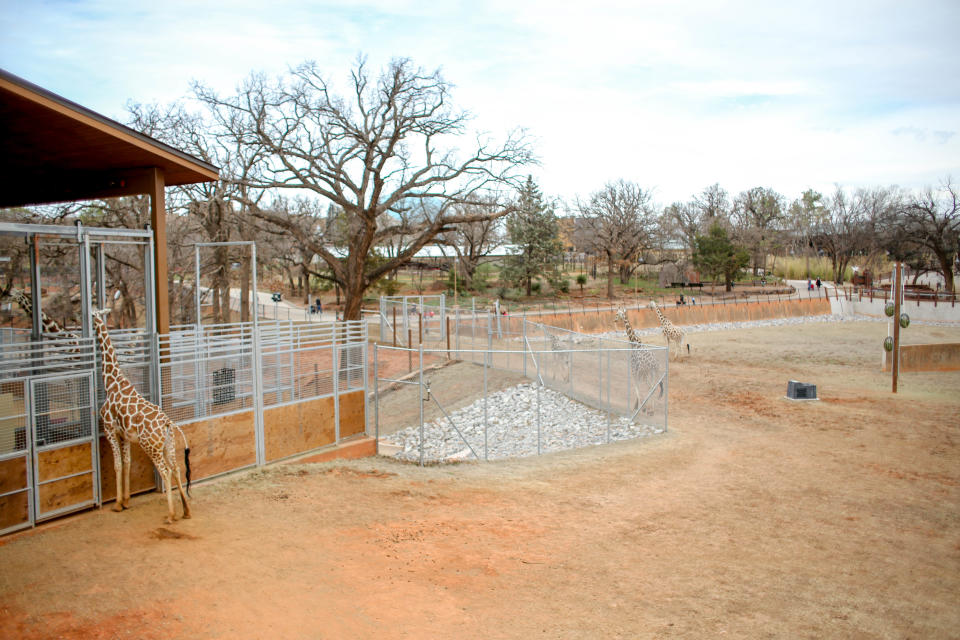
In the next yard over, zebras will share space with wildebeests, imitating the relationship the two species share in the wild. Zebras and wildebeests can be found traveling together and sharing the same grazing ground.
Next to the giraffes is the zoo's historic Pachyderm building, the inside of which was renovated to turn the former hippopotamus and elephant home into housing for reptiles and small rodents. The former elephant habitat is now a private event space.
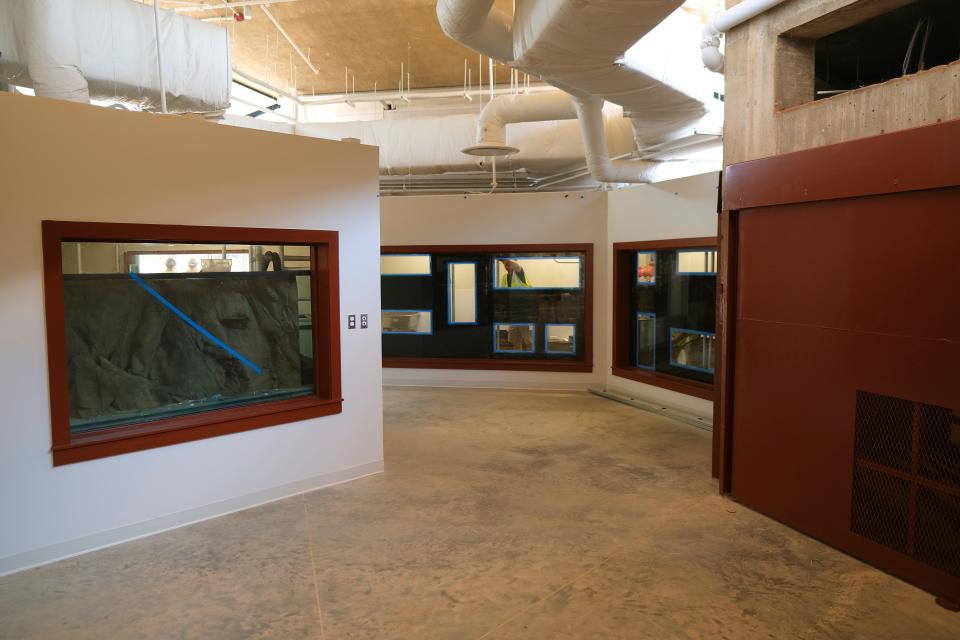
The building was recently added to the National Register of Historic Places and its mid-century modern architecture was preserved, while the inside was modernized with air-conditioning and no longer has an animal smell.
The habitat expansion cost $35 million, and the official ribbon cutting will take place March 26.
All the new animals you can see at OKC Zoo Expedition Africa
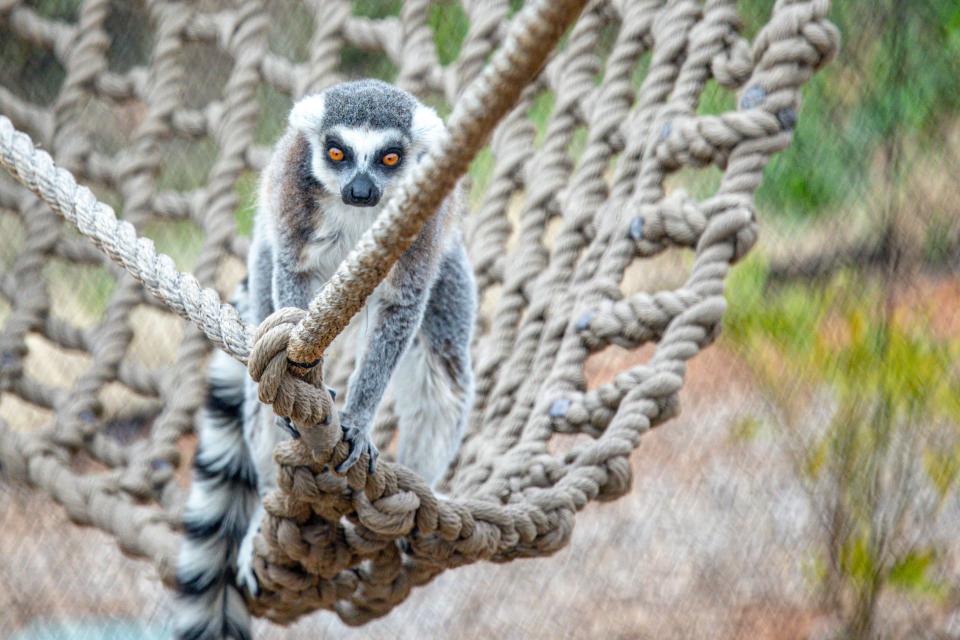
Along with some old favorites, Expedition Africa features several new animals.
Wildebeest are first-timers at the OKC Zoo and can be found behind the giraffe barn. They soon will be joined by a new zebra herd.
Lemurs, both ring-tailed and red-ruffed, are making their OKC Zoo debut and can be seen from the entrance to the zoo.
A series of tunnels and burrows behind glass features naked mole rats inside the historic Pachyderm building.
You can find the black-and-white honey badgers just east of the Pachyderm building.
The energetic dwarf mongoose, found inside the Pachyderm building, are also new to the OKC Zoo.
What else is new at the OKC Zoo?
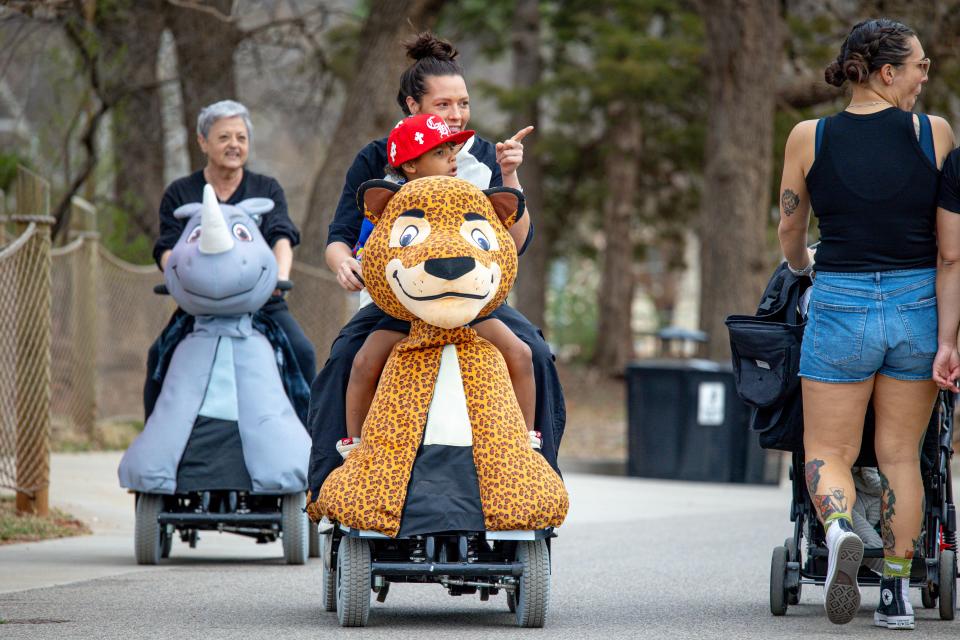
If you're looking for a way to avoid so much walking, check out the zoo's brand-new ScooterPals. These new electric rides feature five different animal options and can be rented at the zoo's entrance.
For spring break, the zoo's hours will extend to close at 6 p.m. instead of 5 p.m.
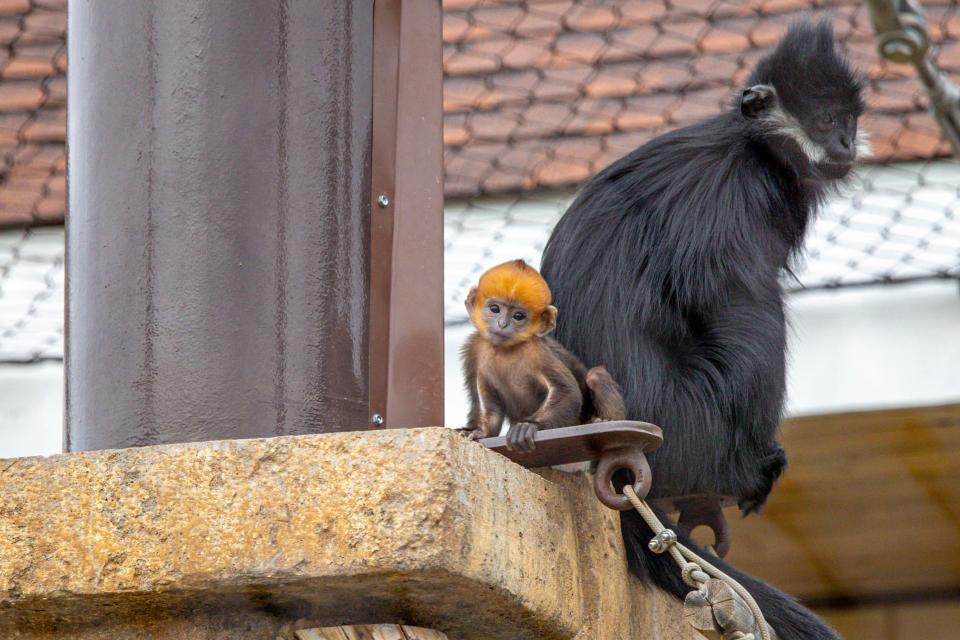
There are also several baby animals to see, including the baby endangered Francois langur Fera, born in January.
A litter of six African-painted dog pups were born in November, and the elephant Rama was born in January 2022.
Chimpanzee Kiazi was born in the fall of 2022, was hand-reared by zoo caretakers and is now being raised by her surrogate mother, Kito.
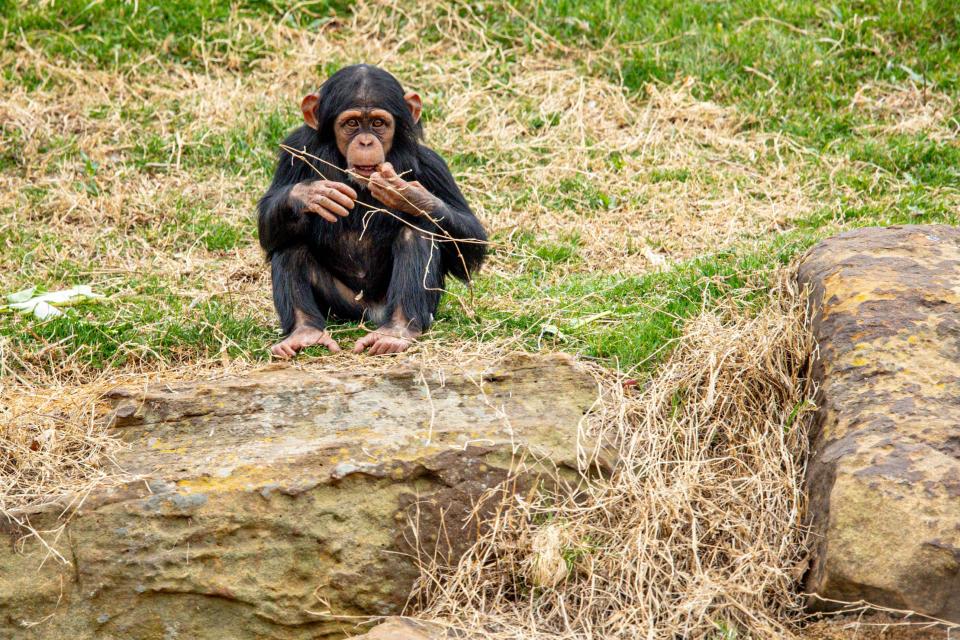
This article originally appeared on Oklahoman: OKC Zoo opens new Africa habitat: Animals added, building upgrades
